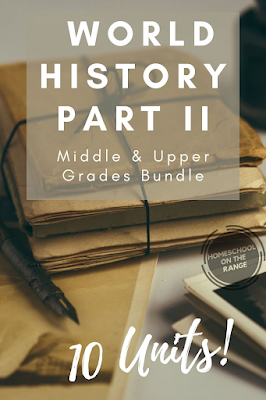Astronomy is one of the few sciences in which amateurs play an active role, such as finding new comets. In 'Caroline's Comets,' we meet Caroline Herschel, a German astronomer, whose most significant contributions to astronomy were the discoveries of several comets. She was the younger sister of astronomer William Herschel, and the first woman to receive a salary as a scientist...
Astronomy is one of the oldest natural sciences, and uses math, physics, and chemistry to study celestial objects and phenomena. Ancient civilizations, including the Babylonians, Greeks, Indians, Egyptians, Chinese, and Mayans, made methodical observations of the night sky and used these observations to determine the seasons, an important factor in knowing when to plant crops and in understanding the length of the year.
Before tools such as the telescope were invented, early study of the stars was conducted using the naked eye. The Earth was believed to be the center of the universe, with the sun, the moon, and the stars rotating around it. This is known as the geocentric model, or the Ptolemaic system, named after Ptolemy.
During the Middle Ages, astronomy flourished in the Islamic world. In 964, the Andromeda Galaxy, the largest galaxy in the Local Group, was described by the Persian Muslim astronomer Abd al-Rahman al-Sufi in his Book of Fixed Stars. It is also believed that the ruins at Great Zimbabwe and Timbuktu may have housed astronomical observatories.
During the Renaissance, Nicolaus Copernicus proposed a heliocentric model of the solar system. His work was defended by Galileo Galilei and expanded upon by Johannes Kepler. Kepler was the first to devise a system that correctly described the details of the motion of the planets around the Sun. It was Isaac Newton, however, with his invention of celestial dynamics and his law of gravitation, who finally explained the motions of the planets.
The existence of the Earth's galaxy, the Milky Way, as its own group of stars was only proven in the 20th century, along with the existence of "external" galaxies. In the early 1900s the model of the Big Bang theory was formulated. Theoretical astronomy led to speculations on the existence of objects such as black holes and neutron stars.
Four Astronomers to Remember
- Galileo Galilei (1564-1642) was an Italian astronomer, mathematician and physicist. In 1609, he created the very first telescope; with it, he discovered what the surface of the moon looked like and was the first person to see some of Jupiter’s moons.
- Tycho Brahe (1546-1601) was a Danish astronomer and the most prominent astronomer of the late 16th century. His many accomplishments include his precision in fixing the positions of the planets and stars and studying a supernova.
- Nikolaus Copernicus (1473-1543) was a Polish astronomer who devised the theory that the earth and other planets move around the sun. Modern astronomy was built upon the foundation of the Copernican system.
- Edwin Hubble (1889-1953) was an American and the first astronomer to find observable evidence that the universe is expanding. He is the astronomer that the Hubble space telescope is named after.
Our spine read for this unit is Caroline's Comet
Explore the entire unit in Literature-Based Science Bundle!
- Each unit has introductory text, which will give the student basic background information about the topic at hand.
- There are photographs and illustrations, and we have also included primary documents when available.
- After this text, there are featured videos, which augment the background information and help make the topic more accessible for more visual students.
- You will also find a short list of reading books, including a featured novel that the unit builds upon.
- There are vocabulary words, places, and people to identify.
- Reading comprehension, critical thinking questions, and writing assignments are included.
- We add fun with hands-on activities and extra videos to watch that will bring the era to life.
- Misty of Chincoteague & Horses
- Hugo Cabret & Clocks / Time
- Caroline’s Comet & Astronomy
- Fuzzy Mud & Microbiology
- Hatchet & Outdoor Skills
- Airplanes & Flight
- Marine Biology
- Human Anatomy
- Plant Dissection

















.jpg)
















